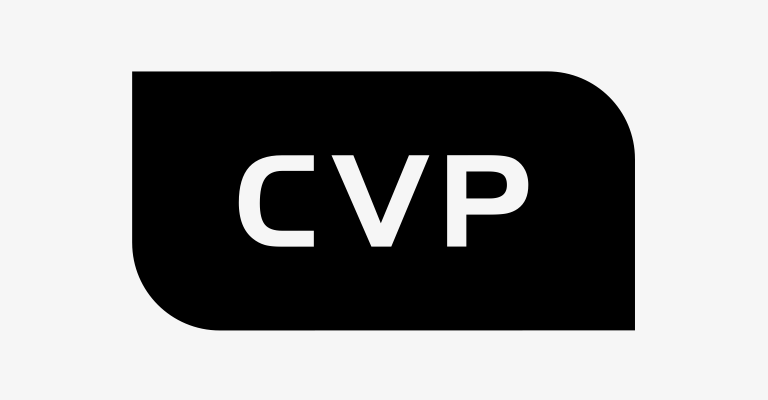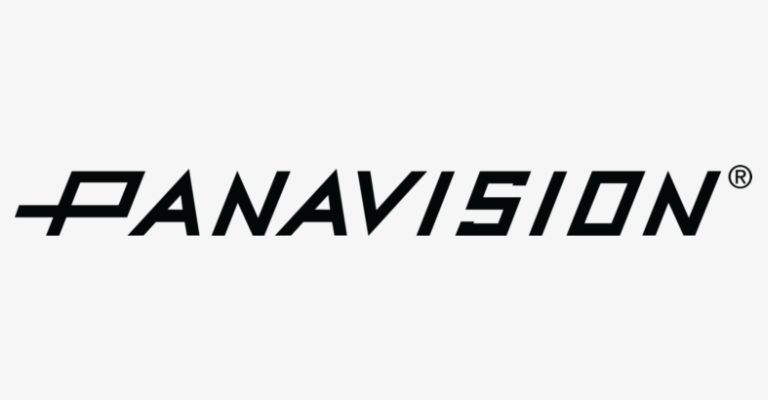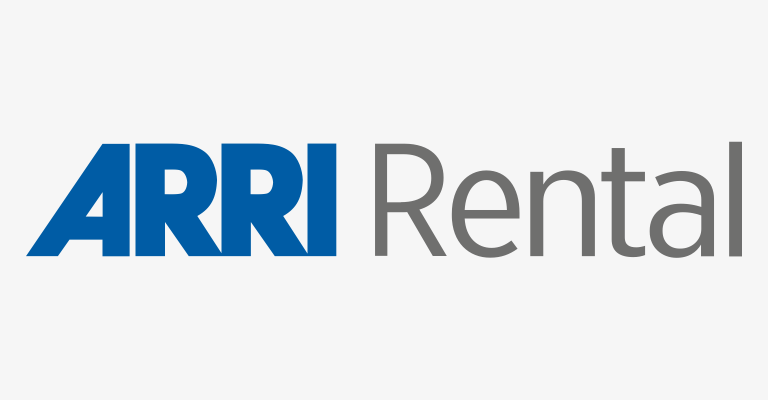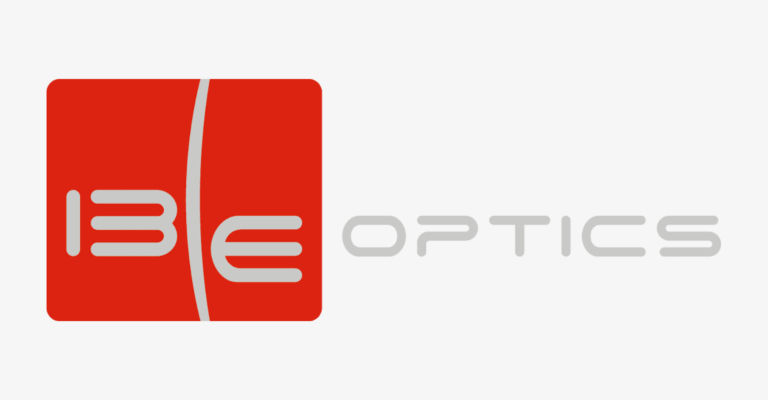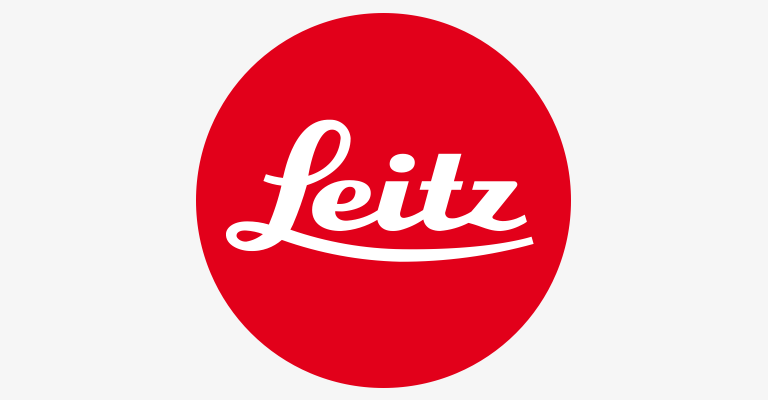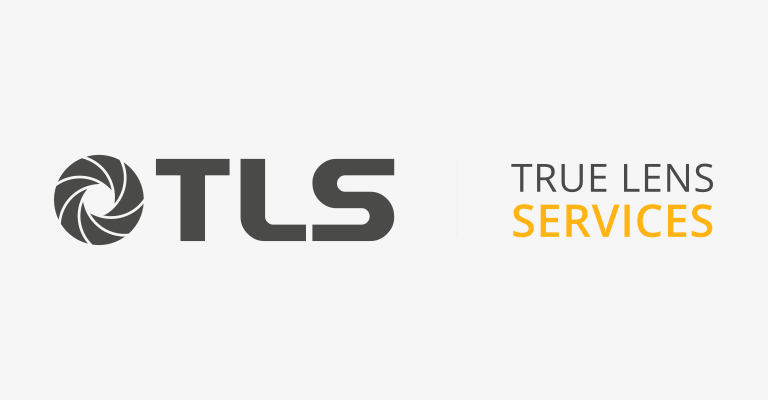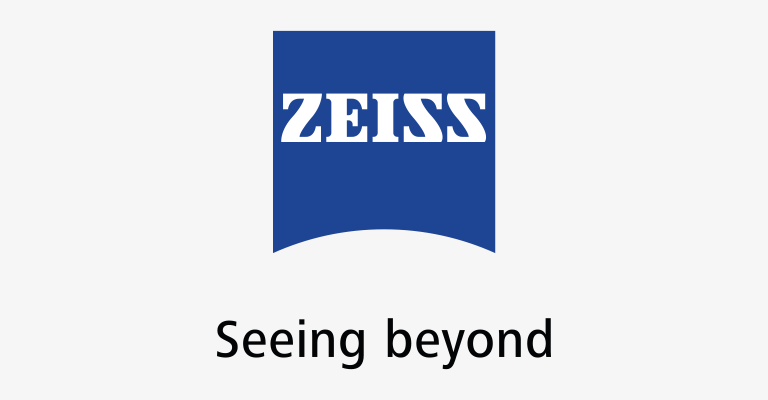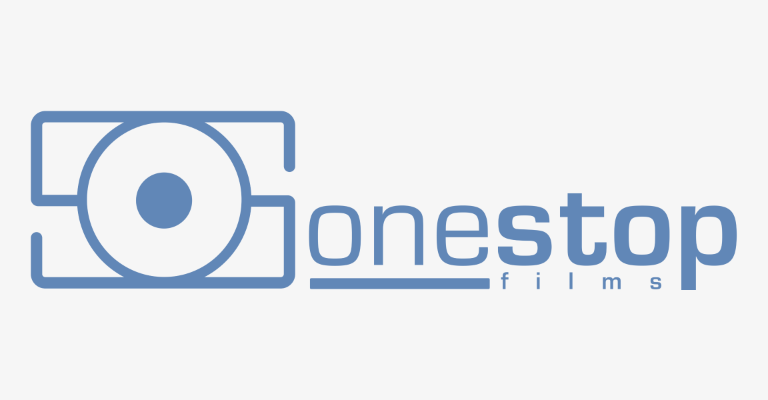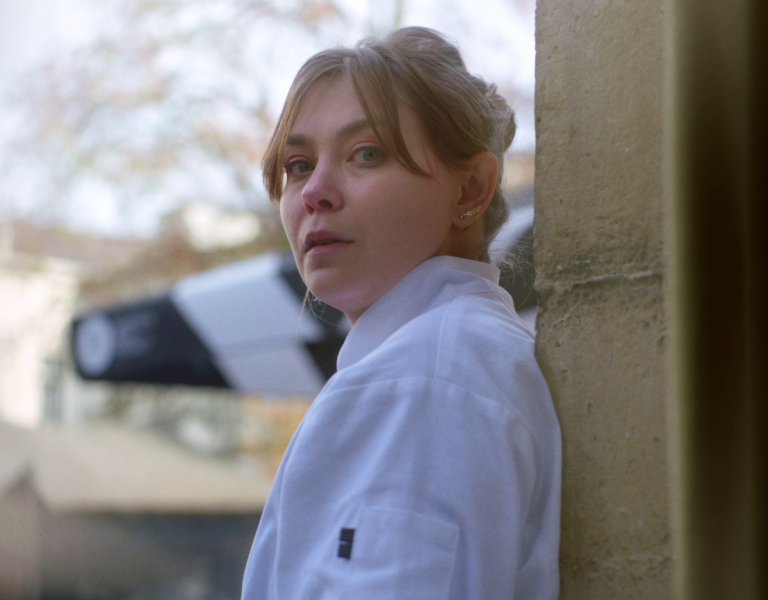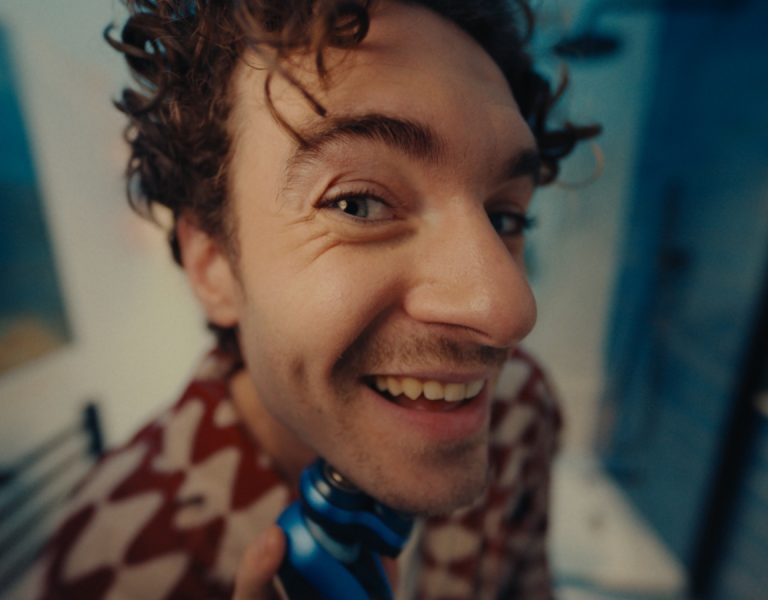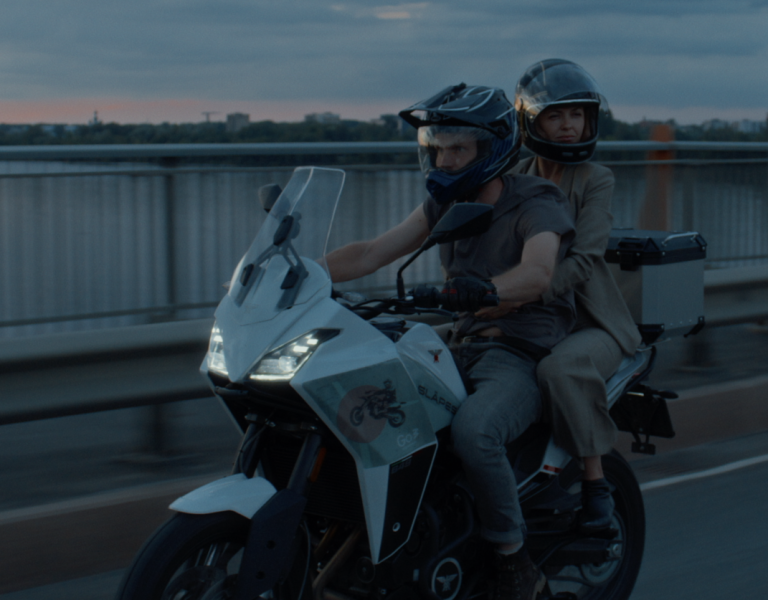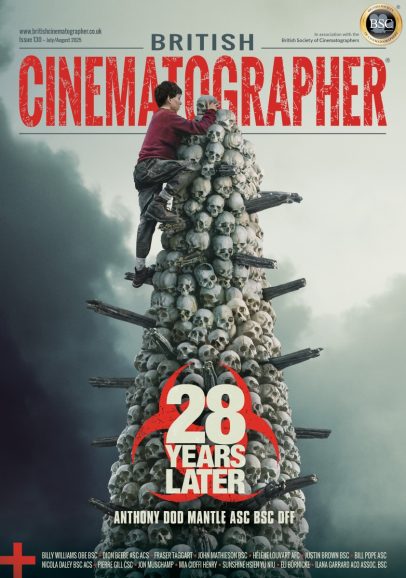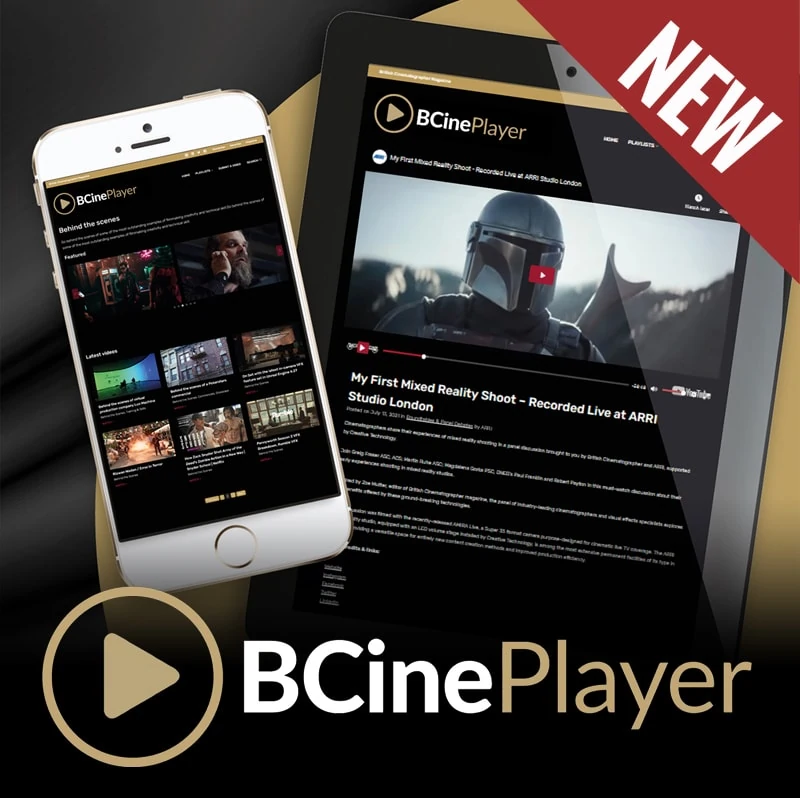CINEFLARES, created by Markus Förderer ASC BVK, offers a comprehensive lens database to compare flare, contrast, and colour for cinematographers.
CINEFLARES is a unique web app that allows cinematographers to test and compare lenses for their flare and image characteristics and find just the right lens for their story.
It is the brainchild of Markus Förderer ASC BVK (September 5, Red Notice, Constellation) who explains that it was born out of necessity. “I had a project where I specifically wanted to use flares as a creative tool but I realised there was no way to properly compare lenses.
“No two lenses are the same of course and when I wanted to compare glass side by side there was no benchmark available. That’s when I decided to build up a library myself.”
What began as Förderer’s private test suite has evolved into a professional database with more than 900 individual cine lens test clips at different focal lengths and T-stops and growing. He started with flares, believing that a flare is “the fingerprint” of a lens revealing most key characteristics like dynamic contrast, colour reproduction, flare pattern and iris geometry.
“There are dozens of other lens tests being published but these are capsuled in time,” says Förderer. “The newest lens range will be shot against five or 10 alternative sets but what if you revisit that test two years later and want to compare it to new lenses? The original test is out of date and the exact setup can’t be replicated.”

CINEFLARES is designed to measure various attributes of individual vintage, anamorphic and spherical lenses against standardised metrics in a repeatable setting captured with high-resolution large format cameras and displayed with a time-code synced side by side player.
“By eliminating all visual distractions found in typical test scenarios and by focusing on the capture of a calibrated point light source in a controlled environment, each lens shot in the CINEFLARES LENS LAB reveals its unique response to light,” he explains. “We use exactly the same light source calibrated to daylight. We program the motion control system exactly the same way and calibrate the shoot to the same distance using the same photometrics, shutter speed and T-stop.”
By capturing a bright point light source in a deep black environment, each optic shows its distinctive flare pattern, contrast-holding ability, and individual colour response.
With so many new lenses coming to the market, from rehoused vintage optics to detuned versions of newer glass, it is near impossible for DPs to keep track of them all. If, like Förderer, you want to be as thorough as possible when prepping a project then tests are essential. CINEFLARES is an into an indispensable resource to easily draw up a shortlist of lenses for further tests.
“I see CINEFLARES as a research tool in pre-pre-production,” says Förderer, who uses the app to prep his projects. “I play around with the lens options on the lens library and select the best ones before testing them in practice. For September 5, for instance, I marked 12 lenses from the app and then went to different rental houses for a full test specific to that project. The idea is to be able to efficiently compare numerous lenses in a neutral environment. At the same time, with so many variations of lens, you can maybe discover something interesting that you didn’t know about.”
If you’re in search of a clean, neutral lens for VFX plates or one with a specific flare pattern reminiscent of a certain period, using CINEFLARES will instantly reveal these lens characteristics, to help make informed decisions.
To date, CINEFLARES has published over 90 lens sets with new lenses added frequently. Förderer is working on more ideas to expand the site’s functionality including reference data comparing bokeh coming later this year.

–
This article is sponsored by CINEFLARES.
